Ivan Black has spent a good deal of his career as an artist and a skilled inventor: his creative vision is combined with an essential attachment to science. He takes inspiration for his designs from iconic natural forms, combining a fascination with mathematical formulae and the pioneering spirit of the British engineer to create a synergy between science, art, and technology. This duality between being an artist and inventor is part of what makes Ivan so unique – we want to pay tribute to that uniqueness in this week’s blog.
The wild coastline of Pembrokeshire is a place sculpted by millennia of icy winds that sweep down from Greenland and the Labrador Sea, gliding through seaside canyons and lush green fields. Waves play an equally important part in shaping the limestone speckled coastline as they crawl into every stone chasm, carving deep into the landscape. These beautiful cliff sides and rolling fields are the birthplace of Square Wave as an idea and the home of Ivan Black’s workshop, an emporium of ideas and innovation nestled and immersed deep within the natural world. It is consequently obvious to see how so many of his sculptures are inspired by natural energy like the wind and move in ways that almost mimic nature’s inherent motion.
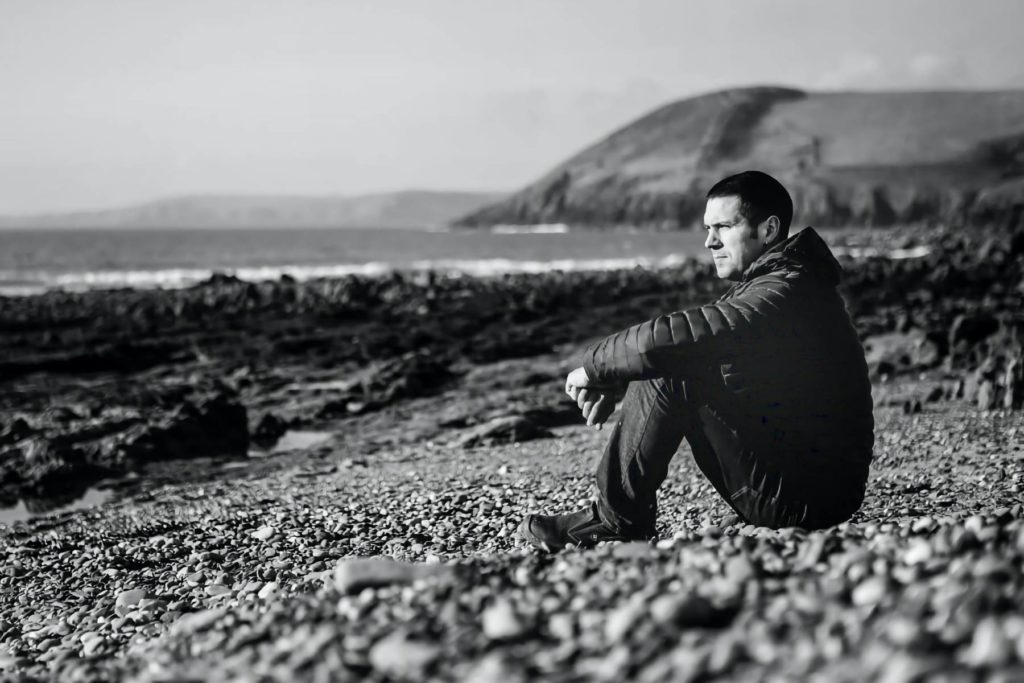
Outside of the innate impressiveness of Ivan Black’s work, he is also recognised by a bouquet of world renowned institutions, museums and companies. Soon after we began selling Square Wave we were contacted by two of the most important modern art museums in the word, the MoMA and MoCA in New York in Los Angeles, eventually going on to sell Square Wave at Nordstrom – clearly they saw something fascinating in Ivan’s design for Square Wave. Ivan has also presented his artworks at and done commissions for Adobe, the Nobu Hotel in London, the Peggy Guggenheim Museum and countless other highly reputed organisations.
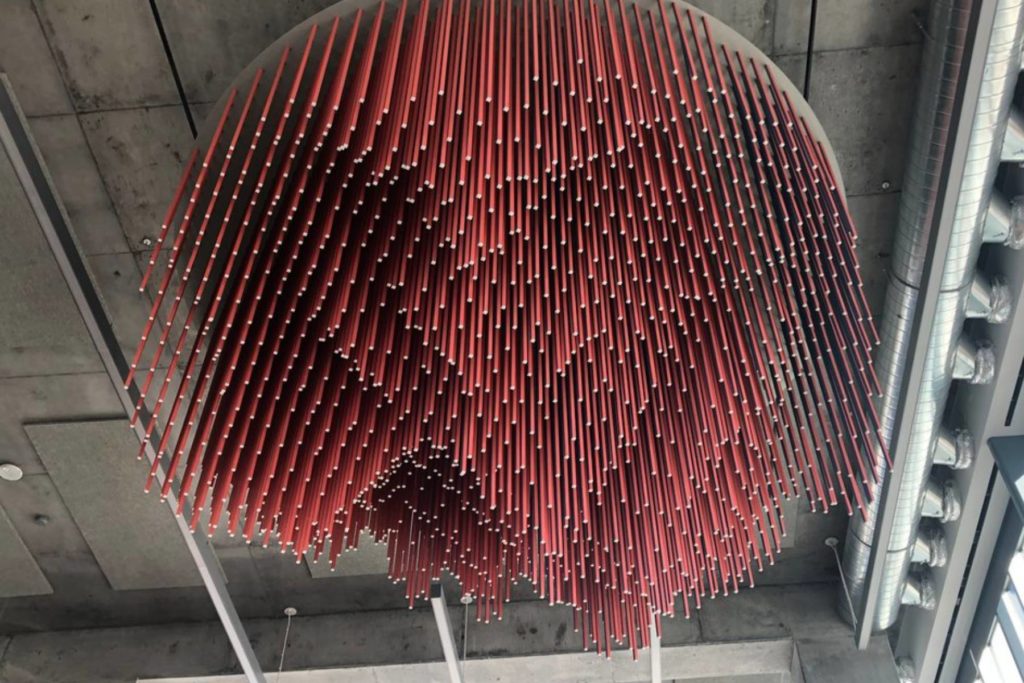
Ivan was born in London in the early ’70s. As a child, he was immediately interested in geometry, patterns, and problem-solving. His body of work is inspired by a very uniquely British tradition of combining the arts with other disciplines such as science and mathematics. This early fascination lead him to eventually begin designing and presenting his creations as sculptures and works of art at various museums and galleries.
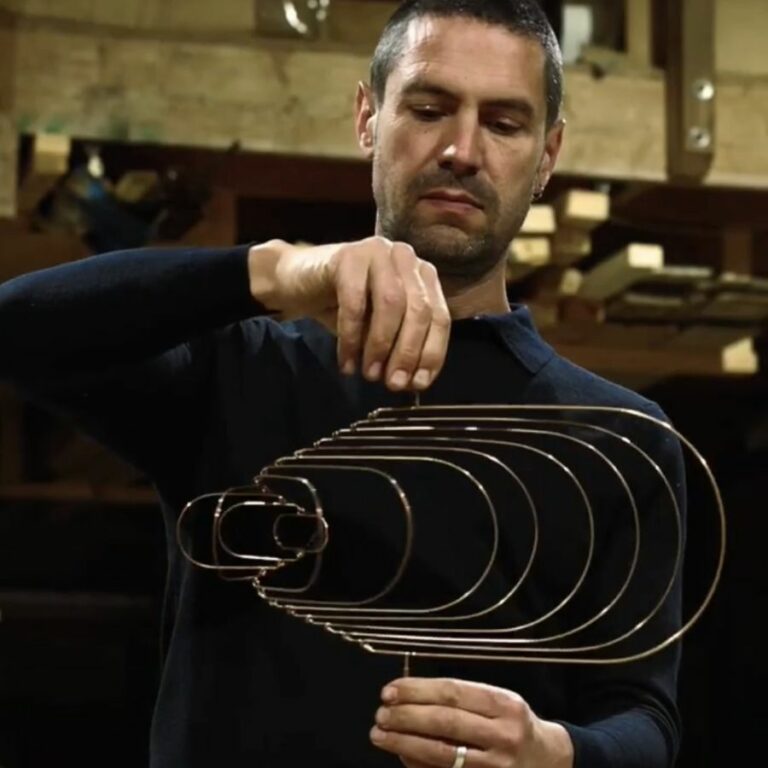
His work has been exhibited at galleries and sculpture parks worldwide including the Peggy Guggenheim Museum, The Cass Foundation, Flowers East, Sculpture by the Sea Australia, Interart Sculpture Park Netherlands, Palmyra Sculpture Centre Mallorca, Kinetica museum and the Hannah Peschar Sculpture Garden.

We have all personally experienced seasonal mood swings to some degree. Many of us go through the difficult task of dealing with the shorter days and colder nights the winter season brings. This is not an experience limited to personal taste, as as a society we begin our most active festive season around the winter…
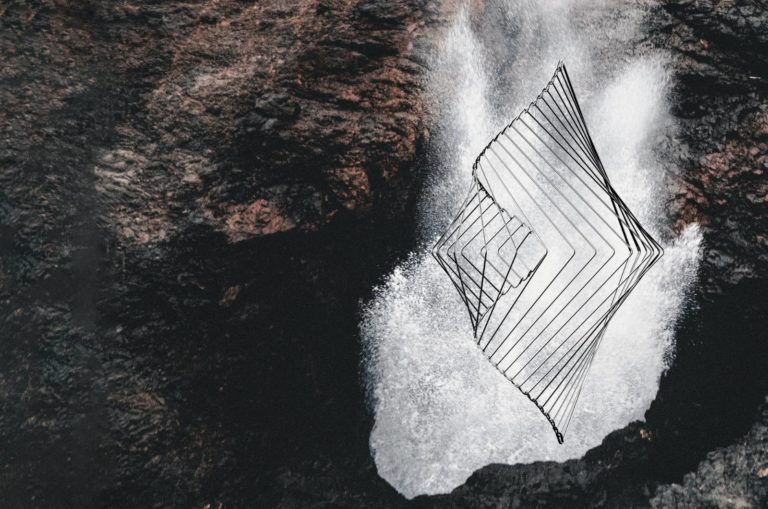
The wild coastline of Pembrokeshire is a place sculpted by millennia of icy winds that sweep down from Greenland and the Labrador Sea. These beautiful cliff sides and rolling fields are the birthplace of Square Wave as an idea and the home of Ivan Black’s workshop.
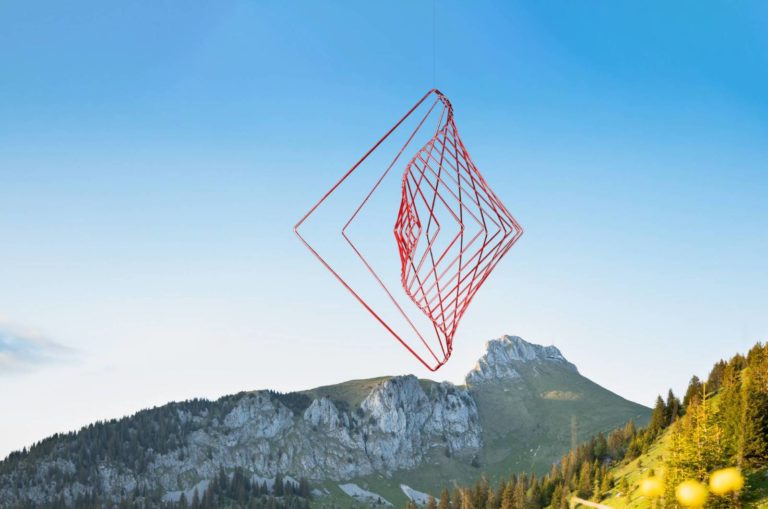
If you have a garden that you are looking to showcase this spring, Square Wave makes the perfect, high-art garden sculpture. Square Wave’s special coating was designed to protect it from the all kinds of weather, meaning it will keep it’s amazing sheen even if kept outdoors.

Star trek is a series that is very hard to summaries in a paragraph, the science fiction show captured the hearts and imaginations of millions of children and adults alike, across the decades. The series’ concepts about space, culture and morality were groundbreaking and offered a view into the forward thinking mind of it’s visionary…

On July 20, 1969 at 8:17 PM UTC, a crew of astronauts perilously voyaged across the cosmic pond that separates our Earth from the Moon, and successfully landed on the Lunar Surface. Neil A. Armstrong, Edwin “Buzz” E. Aldrin and Michael Collins represented all mankind that day. Just as their boots left marks in the…
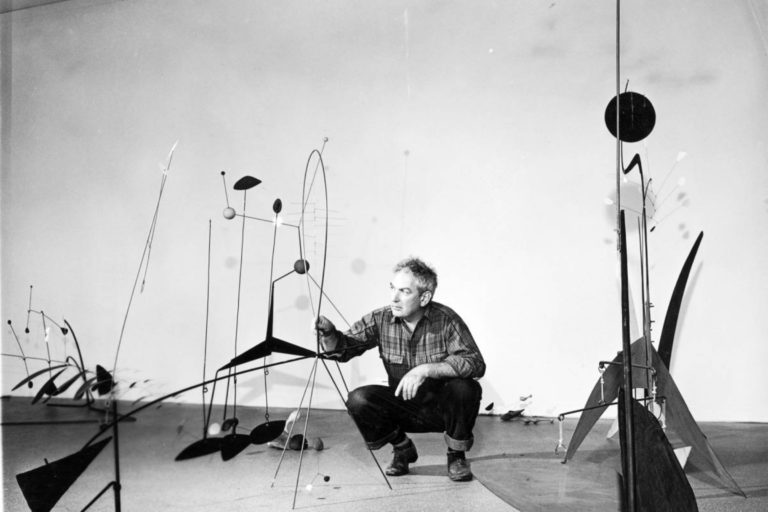
Alexander Calder was a 20th-century artist who was one of the forefathers of kinetic art. He was the leading exponent of his time and made sculptures accessible and tactile unlike many of his predecessors. For this reason in his work, art and engineering coexist in perfect harmony, and that balance along with his creative genius…